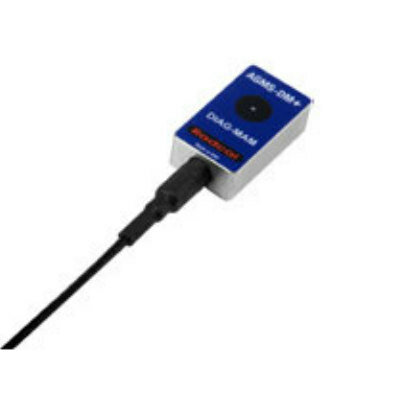MRI Research May Be at Risk from European Community Directive
By MedImaging International staff writers
Posted on 29 Jul 2010
A recent directive has been issued by a European science foundation on the danger of electromagnetic fields (EMF) to medical research workers.Posted on 29 Jul 2010
Europe must act to prevent new legislation impeding the use of magnetic resonance imaging (MRI) in medical research, diagnosis, and treatment, stated the European Science Foundation (ESF; Strasbourg, France) in a new report. The report is endorsed by the European Medical Research Councils, representing the medical research communities in 30 countries.
The EC (European Community) Electromagnetic Fields (EMF) Directive limits the exposure of workers to EMF with frequencies in the range of zero to 300 GHz. These limits are based on sparse evidence and are so low they could prevent MRI research, and severely hinder further development of the technology for patients with life-threatening diseases, according to many radiologists. The report recommends an exemption from any limit values for MRI in clinical and research settings, allowing researchers to manage health and safety requirements through other measures.
The EMF Directive will come into effect in April 2012. The exposure limits would impede the ability of healthcare staff to care for patients, such as children, the elderly, or those who are anaesthetized, who need help or comfort during scans, according to many concerned experts in the field of radiology. They would prevent the use of MRI for interventional and surgical procedures, emerging techniques that provide better clinical information, and avoid the use of ionizing radiation for imaging. Finally, by limiting cutting-edge research in the field of MRI, they would deny patients innovative treatments in the future.
"The Directive is a blunt instrument. It sets exposure limits that either relate to harmless effects, or are well below the threshold at which any effects occur; 2012 is still some time away, but to effect change in the policy we need to act now,” said Dr. Stephen Keevil, from King's College London (UK), who cochaired the report. "Safety is taken very seriously by the MRI community. The Directive's aim of protecting workers is one that MRI researchers fully support, but its unintended effects are potentially disastrous. We're now working very closely with the European Commission to find a mutually acceptable solution.”
MRI utilizes electromagnetic fields to provide high-resolution images of soft tissues in the body and it has been safely used for over 25 years. Scanners are constructed according to an international standard, which ensures compliance with the essential requirements of the Medical Devices Directive, including avoidance of known hazards and adverse effects. Approximately 500 million patients have been exposed up to 100 times the exposure limit set by the Directive without evidence of harm to workers or patients. The limits proposed, according to the report, particularly in the lower frequency range of up to 100 kHz, are based on over cautious extrapolation from very limited experimental data.
Related Links:
European Science Foundation














